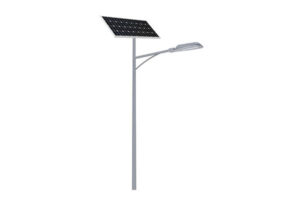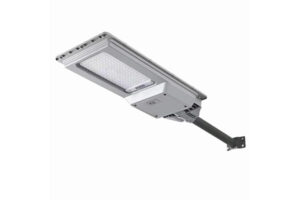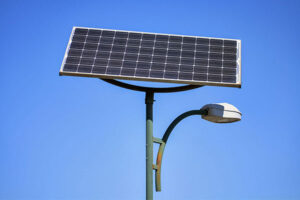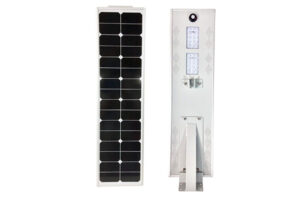Table of Contents
ToggleWith the growing shift toward renewable energy, solar panels have become a crucial solution for generating clean and sustainable power. But how do solar panels work? In this article, we’ll break down the science behind solar energy, how solar panels convert sunlight into electricity, and why they are an excellent investment for homes and businesses.
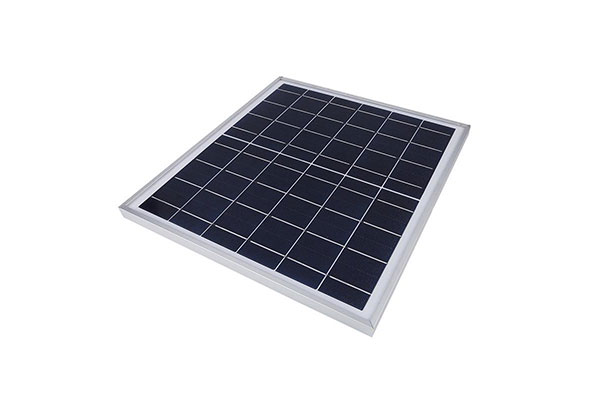
Understanding Solar Panels
Solar panels, also known as photovoltaic (PV) panels, are designed to capture sunlight and convert it into electricity. This process is based on the photovoltaic effect, which enables certain materials to generate an electric current when exposed to sunlight.
A complete solar power system typically consists of:
- Solar panels – Capture sunlight and generate electricity.
- Solar Inverter – Converts direct current (DC) electricity into alternating current (AC) electricity, which can be used by home appliances.
- Battery storage – Stores excess power for use when sunlight is not available.
- Charge controller – Regulates the voltage and current from solar panels to prevent overcharging of batteries.
- Electric meter – Tracks electricity usage and surplus energy sent back to the grid.
The Main Components of a Solar Panel
- Solar Cells – Made from semiconductor materials like silicon, these cells absorb sunlight and create an electric charge.
- Glass Cover – Protects the solar cells from environmental factors like dust and moisture.
- Encapsulation Layer – Holds the solar cells together while improving durability.
- Metal Frame – Provides structural support for easy installation.
- Wiring & Junction Box – Conducts and regulates the electricity generated by the panel.
Step-by-Step Process: How Solar Panels Work
The process of converting sunlight into usable electricity can be broken down into three key steps:
1. Absorbing Sunlight
Each solar panel consists of multiple photovoltaic cells, typically made of silicon. When sunlight hits these cells, it excites electrons, creating an electric current.
2. Generating Direct Current (DC) Electricity
The movement of electrons generates direct current (DC) electricity. However, most homes and businesses use alternating current (AC) electricity, which requires conversion.
3. Converting DC to AC Electricity
A solar inverter is used to convert DC electricity into AC electricity, making it compatible with household appliances and the electrical grid.
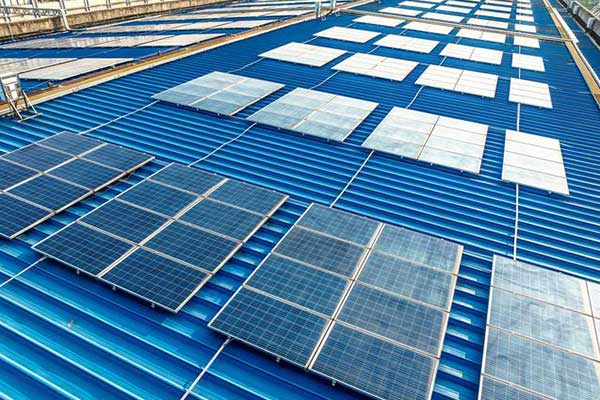
Types of Solar Panels
There are three main types of solar panels:
- Monocrystalline Solar Panels – High efficiency, long lifespan, and best performance in low-light conditions.
- Polycrystalline Solar Panels – More affordable but slightly less efficient than monocrystalline panels.
- Thin-Film Solar Panels – Lightweight and flexible, ideal for specific applications like portable solar chargers.
Benefits of Using Solar Panels
- Renewable Energy Source: Sunlight is free and abundant.
- Reduces Electricity Bills: Generating your own power can significantly lower energy costs.
- Eco-Friendly: Solar panels reduce carbon emissions and environmental impact.
- Low Maintenance: Once installed, solar panels require minimal maintenance.
- Energy Independence: Reduces reliance on traditional energy sources and grid power.
Conclusion
Solar panels work by converting sunlight into electricity through the photovoltaic effect. This clean, renewable energy source is an excellent way to reduce energy costs and minimize environmental impact. Whether for residential or commercial use, solar panels provide long-term benefits and contribute to a more sustainable future.

